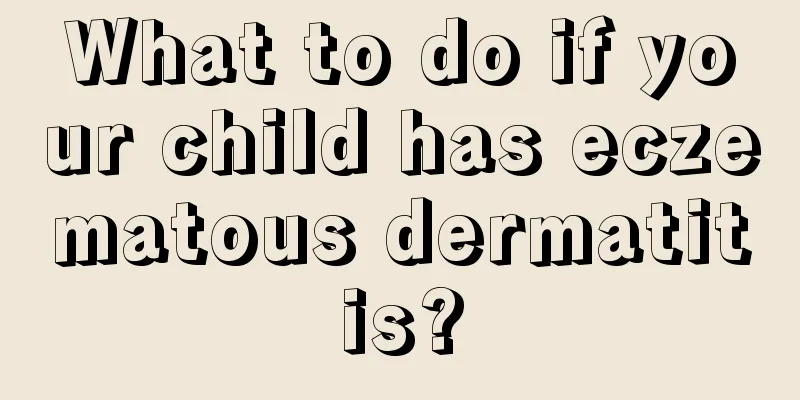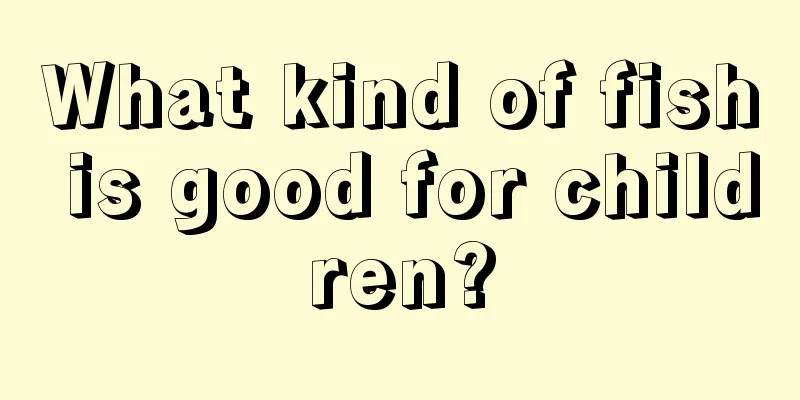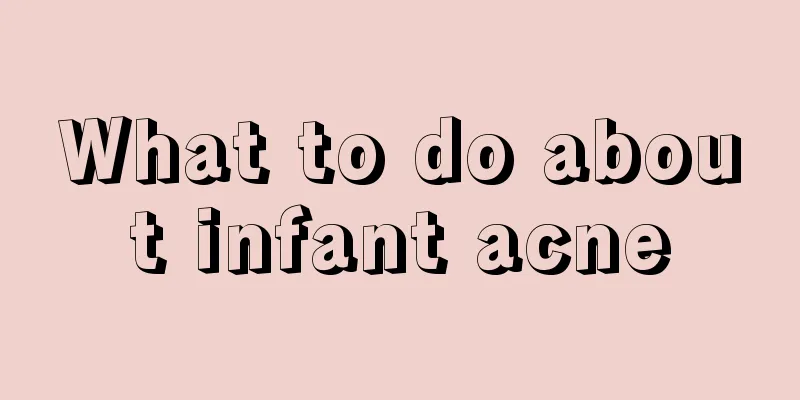What are the symptoms of acute laryngitis in infants?

|
Infant acute laryngitis is a common pediatric disease, and the incidence rate is highest in winter. The chance of inducing pneumonia is also high. The main cause of the disease is viral infection, which will also cause a large amount of secretions in the baby's respiratory tract, making the patient's respiratory tract very narrow. In severe cases, it can also cause breathing difficulties in infants. So what are the symptoms of infant acute laryngitis? First, what are the symptoms of acute laryngitis in infants? The early stage of the disease. Some children do not have any warning symptoms. Some people develop the disease in the middle of the night and start with just bouts of coughing. Or inspiratory stridor and inspiratory dyspnea may only occur after activity, with clear breath sounds on auscultation and normal heart rate. Second, the early stage of the disease. There are mild cold symptoms, which may not be accompanied by fever, or only a mild fever. Laryngeal wheezing and inspiratory dyspnea occur even when the person is at rest, with a "clang clang clang" sound or a barking sound, or a coughing sound like a puppy, with snoring in the throat, as if there is phlegm that cannot be coughed out. Auscultation may reveal laryngeal sounds or tubular breath sounds. The heart rate is relatively fast, reaching 120-140 beats/minute, and hoarseness begins to appear. Third, the middle stage of the disease. In addition to the initial symptoms of the disease, there are also paroxysmal irritability, cyanosis of the lips and nails, blue or paleness around the mouth, weakened or inaudible breath sounds in both lungs, dull heart sounds, and a heart rate of 140 to 160 beats per minute. What are the symptoms of acute laryngitis in infants? The condition worsens. Generally, the condition is milder during the day and worsens at night. At night, laryngeal edema often occurs due to the rapid development of laryngeal inflammation, resulting in acute laryngeal obstruction. The child may wake up due to breathing difficulties, the voice will become more hoarse, the nostrils will flare when breathing, and the "three-depression sign" will appear when inhaling, that is, the supraclavicular fossa, suprasternal fossa and upper abdomen will appear depressed. The baby's lips will be blue and purple, and his face will be pale. It is also accompanied by high fever, irritability, profuse sweating, etc. If the condition worsens further, the child will turn from irritability to semi-coma or coma, with temporary quietness, pale complexion, incontinence, suffocation, coma and other symptoms, and may even die from suffocation. These changes often occur within a few hours and are quite dangerous, so parents must not take them lightly. |
<<: What should I do if my baby has a stuffy nose and snores?
>>: What are the symptoms of anemia in a five-month-old baby?
Recommend
How to treat children with dampness
I believe that children's physical health is ...
At what age do children change their teeth?
Our children will all go through a tooth replacem...
Reasons why babies don't drink breast milk
There are some very strange babies in life, becau...
What causes sinusitis in children?
Sinusitis is a very common disease that often occ...
How to deal with baby's fever and convulsions
We know a lot about baby's diseases, but we d...
Children's vision development standards and when to start vision examinations
Nowadays, there are many people with myopia, espe...
Is it okay for my baby to sleep on his side?
After the baby is born, being a mother is both ha...
How to treat hydronephrosis in children
Hydronephrosis is a disease with relatively serio...
What to do if your baby has indigestion before one month old
If a baby under one month old suffers from indige...
Precautions for adding complementary food to four-month-old babies
As babies grow up day by day, many mothers will w...
What is the quickest way to cure a child's cough?
Everyone knows that expectant mothers will pay sp...
What to do if your child has a broken ankle?
Children are naturally lively and active, and the...
How many months old is the most suitable pillow for a child
Some parents start to use pillows for their child...
How to determine if your baby has developmental delay?
The arrival of a newborn is a great joy for every...
Is it good for children to drink soy milk in the morning? You need to know these 7 taboos of drinking soy milk
In life, many people like to prepare a cup of soy...









